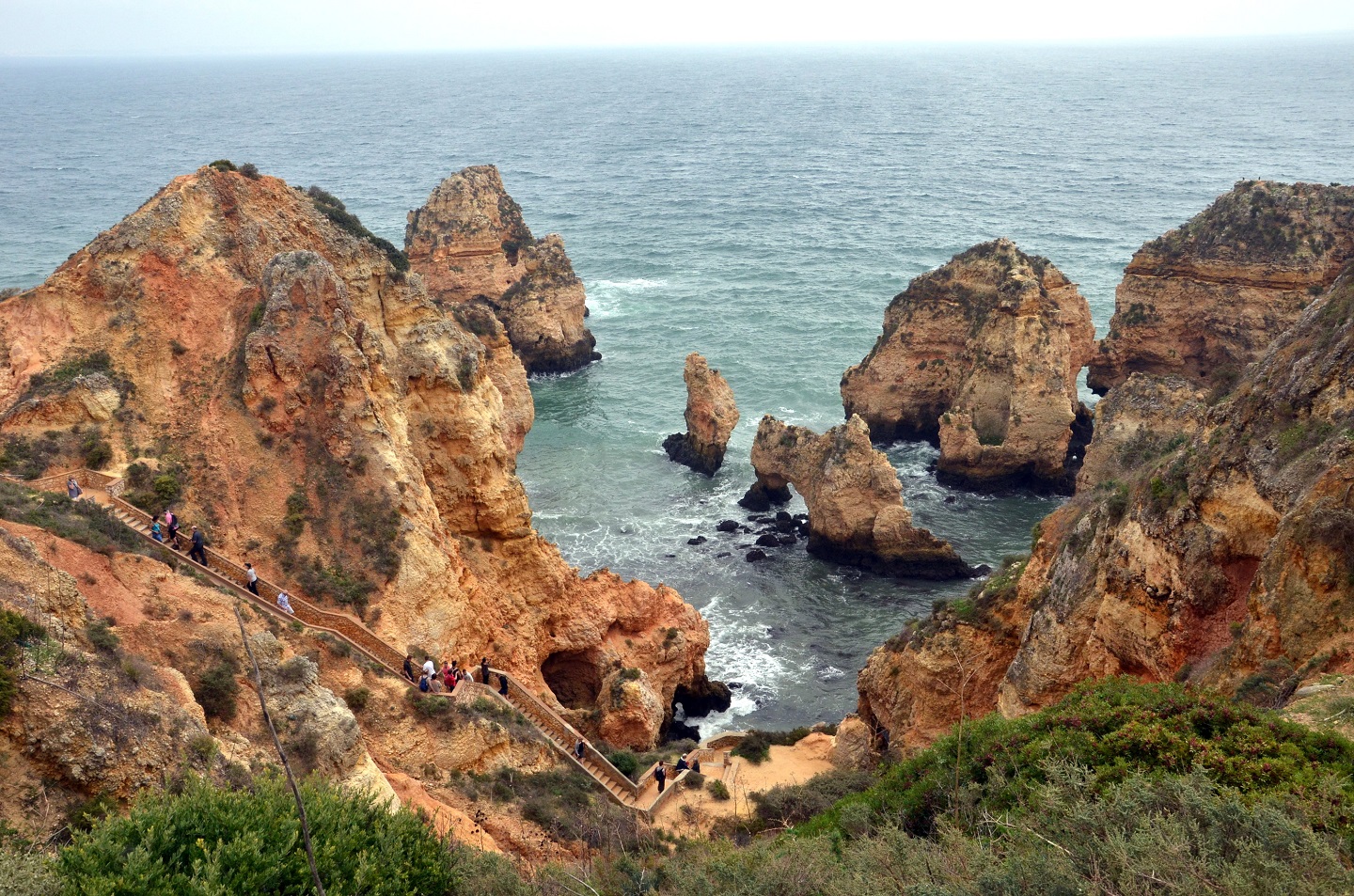
Ponta da Piedade coastline, with its jagged rock precipices and tossing sea (All photos: Lee Yu Kit)
In Lisbon, not far from where the Tagus River empties into the Atlantic Ocean, there is a large, rose-tinted mosaic floor map, which details one of the most significant periods in the history of Portugal and the world. It had ramifications far beyond Europe, with the rumblings of change reverberating through the centuries.
In the 15th to 18th centuries, Portuguese sailors set out on an unprecedented series of voyages that would bring them down the coast of Africa, to India and eventually, China and Japan. In 1488, Portuguese sailors rounded the Cape of Good Hope, reaching the Indian Ocean, and a decade later, they reached India. In 1509, they landed on the shores of the Malacca Sultanate, to the astonishment of the locals.
New trade routes were found, established hegemonies upset and traditional land routes such as the Silk Road withered. The Portuguese were followed by other European powers, setting in inexorable motion the wheels of a new world order, of European colonialism, the global interchange of ideas, influence, trade, expansion of religion, military conquest, enslavement and exploitation of native peoples and their lands, and global trade.
The period is called the Age of Discovery and it established Portugal, a small, seafaring nation, as a world power. The influence of Portugal spread far and wide. In the present day, the number of people who speak Portuguese as their first language is some 200 million, far exceeding the population of Portugal, which stands at 10 million people. Portuguese peppers distant languages — the Malay gereja from the Portuguese igreja for church, and the Japanese arigato could be a derivative of obrigado for “thank you”, for example. Where did these ships of exploration come from?
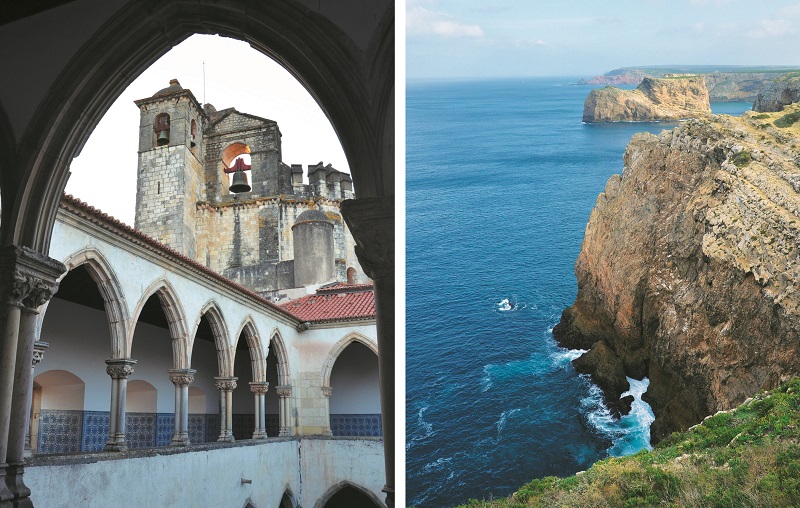
The most southwesterly point of Portugal is Cape St Vincent. It is a desolate, starkly beautiful coastline of stern cliffs rising above the expanse of sea, which crashes dramatically onto the cliffs below. According to legend, the cape owes its name to the fourth-century St Vincent, whose body was washed up on these shores. Legend has it that a flock of birds watched over his body, and that they have been here ever since.
There is a lighthouse on the cape, which warns mariners of the strong currents and treacherous cliffs off the headland. Ocean winds rake the land, keeping vegetation to a dense, low shrubbery, a reminder of the strong natural forces that imbued a significance that even prehistoric man recognised, for stone menhirs have been found here. Centuries ago, the lighthouse would have witnessed sturdy sailing ships, called caravels, set out to sea into the vast unknown on their world-conquering voyages. The ships set sail from a port a little distance up the coast.
Lagos is a quiet, tourist-friendly town, with cobbled, narrow streets, a maritime atmosphere and Moorish-influenced architecture. Visitors come to enjoy the scenic country of the Algarve coast, such as the striking Ponta da Piedade coastline, with its jagged rock precipices and tossing sea, near the town.
There is little to indicate the importance of Lagos — that it once had a thriving shipbuilding industry, was a centre of the European slave trade, and was where ships set sail on their horizon-spanning journeys to the ends of the known Earth — for this was the nexus of the Age of Discovery, the home port for ships bound for far-flung, unknown lands.
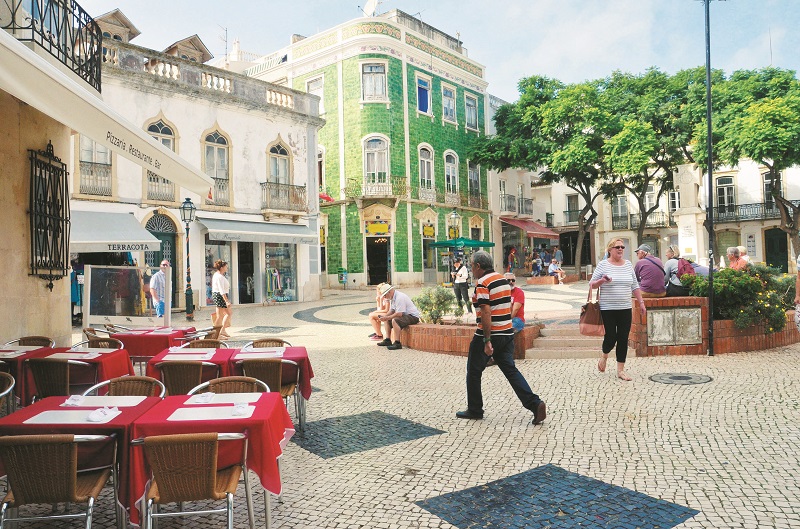
The main patron of the Age of Discovery was Prince Henry the Navigator, the Duke of Viseu. Under his aegis, Portuguese sailors explored farther than any European had ever gone before, beyond the edge of the known world, discovering the vast riches of Africa, and in the process, founding the European slave trade.
Nearby the rose-tinted map in Lisbon, there is a monument in stone of assorted figures assembled on a stylised caravel ship’s prow, pointing seawards, commemorating this remarkable period and Portugal’s influence on the world we know today. Standing at the bow of the monument is Prince Henry the Navigator.
There is also a bust of Prince Henry in the town square of Lagos. Henry’s wealth came from various sources, including privileges imparted by his father, the king, but Henry was also the Grand Master of the Military Order of Christ, a powerful and wealthy militaristic order, from which he drew much of the resources he needed. The Order of Christ was no ordinary order, and was headquartered in one of the most evocative and mysterious buildings in the town of Tomar.
Set in rolling hill country, Tomar is a small, quaint town in central Portugal, belying the fact that it was once the most important city in the country, and in Europe. On a hill is the imposing structure of the Convent of Christ. Built in the 12th century as a fortification for the reconquest of the Iberian Peninsula from the Moors, in later centuries, it became a symbol of the opening up of Portugal to external civilizations.
The Order of Christ was headquartered in the Convent of Christ. Its wealth and power financed the overseas expeditions of Portuguese sailors. The Order of Christ itself was derived from a much older, storied military order, mythical and mystical in proportion, whose name has gained a new currency in the modern age. This was the Knights Templar.
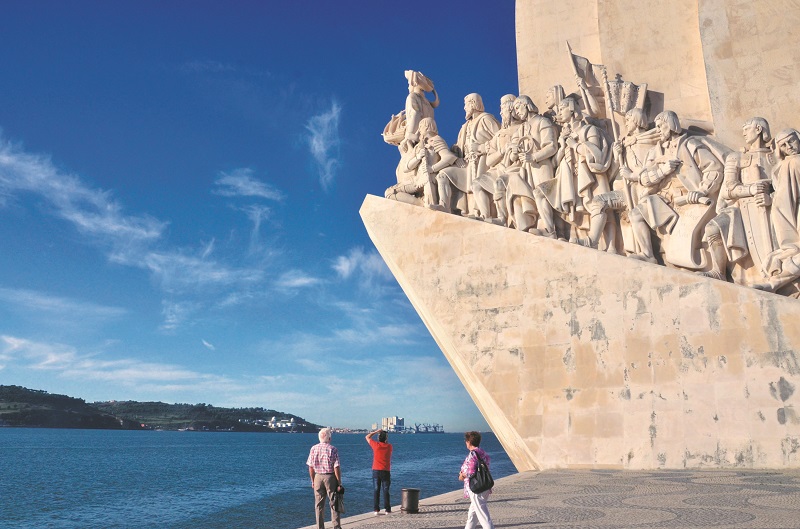
A thousand years after its founding, mystery and controversy continue to swirl around the Knights Templar. Books and documentaries put forth theories of the military-religious order, its esoteric practices and supposed fabulous wealth and power. Originally born from the Crusades, the Knights Templar in its heyday was one of the most powerful military institutions in Christendom.
In the 13th century, the Knights Templar were betrayed by their own, denounced and outlawed by Papal decree. Its grand masters were captured, tortured and burned alive at the stake. Throughout Europe, the Knights Templar were disbanded and hunted down — an inglorious end to an organisation that had served its purpose.
In Portugal, however, the king, who owed a debt of gratitude to the Knights for battling the Moors, struck a deal with the Pope, and the Knights Templar in Portugal simply became the Military Order of Christ. The Order prospered, escaping the persecution in other parts of Europe. In the 1400s, their grand master was none other than Henry the Navigator, who used the wealth and influence of the Order to pursue his initiative in launching the Age of Discovery.
Ostensibly a religious building, the Convent of Christ has been on the Unesco World Heritage List since 1983. It is an imposing sprawl of fortified walls, monks’ cloisters, a church and various courtyards, as well as apartments, including those of Henry the Navigator. It was in fact, the headquarters of the erstwhile Knights Templar and rumours continue to the present day that its treasure trove remains buried beneath the hills of Tomar. Henry the Navigator remained its grand master until he died.
The Convent of Christ has some interesting features. Its heart is the fabulous Round Church, featuring a hollow octagonal tower, which allowed the Knights to ride their horses into the church. The interior is magnificent, dripping elaborate ornamentation, gilded surfaces and lavish paintings by the best artists of the day. The church is thought to be modelled after the Dome of the Rock in Jerusalem.
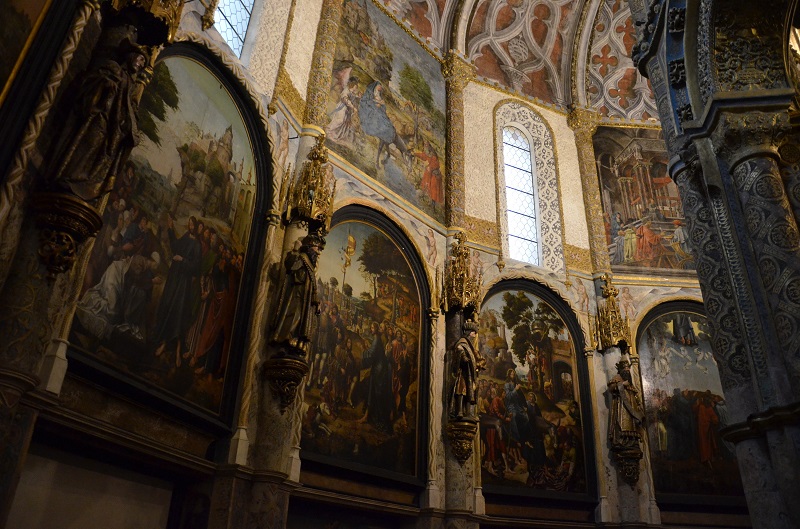
Another striking feature of the Convent of Christ is its Manueline architecture, a style native to Portugal, first introduced in the 16th century. The style is named after King Manuel I and is characterised by maritime elements such as seashells, braided ropes, anchors, seaweed and pearls, as well as botanical motifs such as sprigs of leaves and acorns. Manueline architecture owes its themes to the Age of Discovery, for in a circular manner, the very powers that enabled the far-ranging discoveries also immortalised and incorporated it into their power base.
Although Manueline architecture was short-lived and confined to Portugal, there are many striking examples of it in Portuguese architecture of the period. In the Convent of Christ, it is incorporated into extensions built in later ages as the building underwent constant renovation and expansion. The most spectacular expression of this architecture is the Chapter House window, a large window gasp-worthy for its unprecedented boldness in design and execution, with a stunning degree of detail.
Prince Henry is buried with the tombs of his parents, the king and queen, and his siblings, in Batalha Monastery in Portugal. Other European powers, notably Spain, also launched their own voyages of discovery, but Portuguese sailors were the first to reach many hitherto unknown parts of the world.
When Portuguese sailors landed on distant shores in far-flung corners of the world, their journey began in a quiet port on the Algarve coast, fuelled by the vision of their patron, and the power and wealth that supported him, from an ancient military order housed in a fortification on the hills of Tomar.
The article first appeared on Sept 10, 2018 in The Edge Malaysia.


